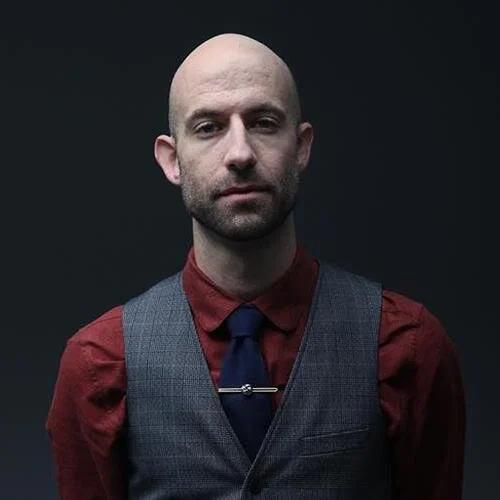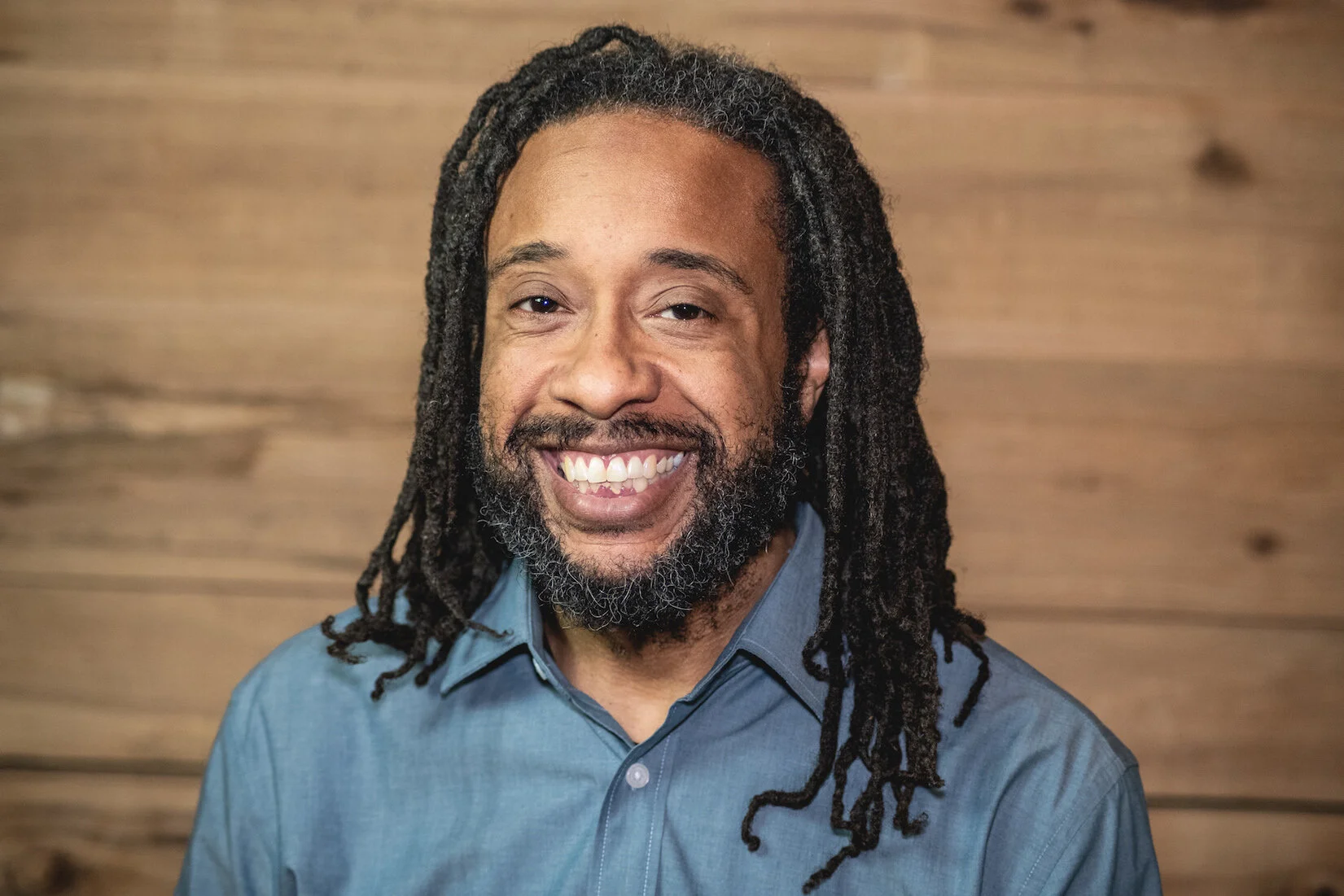Masks
Like many kids growing up in the 1970s–80s, I trick-or-treated in a lot of bargain store costumes — the ones with the plastic tie-on coveralls and the mask with the rubber band — I was Twiki from Buck Rogers, a Star Wars Stormtrooper, a Cylon and Paul Stanley of KISS (I wanted to be Peter Criss, but they were sold out).
I still remember the smell of the costume, the feeling of sticking my tongue through the tiny, sharp mouth, and the muzak in the Big K where mom and I shopped.
I also remember being just one of an army of Stormtroopers or Cylons on the suburban streets. I’m amazed my parents never brought the wrong kid home.
The most memorable Halloweens happened in homemade costumes. Some were planned and some not so much. With busy parents and a fluctuating budget, sometimes Halloween costumes weren’t made until the day itself. These costumes, made often from whatever we had at hand, are the ones I remember most fondly.
There was the year we waited until the last minute and I wore a cheap Frankenstein mask (again with the rubber band) that we nabbed at Jim Dandy, and my dad outfitted me in his flannel shirt, jeans, suspenders and big work boots. I remember walking in those boots. Or the year my mother and I painstakingly put together an old man costume that pulled in extra candy from wowed grownups.
Making my own costumes and characters made space for me as an individual, and my parents knew that. It also taught me to make the most of what I had — materials, budget and imagination.
Being an only child who loved costumes led perhaps inevitably to becoming an actor, which was my gateway to a lifetime in the arts, much of it in varying costumes, masks or personas, both literal and figurative. Characters on the page and on the stage, stage personas as a musician, code-shifting between the world of art and the regular world.
The reasons we as artists wear real or metaphorical masks are legion, some are freeing and some are claustrophobic. Some are for expression, some for protection.
Art has a long relationship with masks in large part because art, magic and ritual are all siblings, and masks and costumes play a large role in those. From ancient Greek theatre to Japanese Noh plays, to Tibet, Indonesia, Africa, Italy and more, the physical mask has always been with us in performance and ritual.
Why? So many reasons. It separates the performer from the character. It creates an archetype. It distracts demons and confuses ghosts. For some, it separates emotion from ritual. For others, it increases emotion by eliminating familiarity. It makes a ritual or performance special and elevated above the day-to-day. It makes space for a physical metaphor.
And what of the figurative mask? The pseudonym or band name? Use of genre? Whether we’re talking the anonymity of Banksy or InDecline, Prince’s use of that unpronounceable symbol, or the choice to write about contemporary issues through science fiction, we take on figurative masks (personas, genres, etc) for as many reasons as there are artists who don them.
They can be empowering. They can create clarity. They can seduce an audience into taking in a message they may have been resistant to in another form. From Little Richard to Ziggy Stardust, Screamin’ Jay Hawkins to Lux Interior, from Dali to Banksy, Dr. Seuss to Lemony Snicket, George Eliot to Boy George, we choose them to free ourselves from restrictions, oppressive systems, and humdrum normalcy. We choose them to protect and empower ourselves — note that most 20th–21st Century artists who work under personas are people of color and/or LGBTQ+ artists.
And again, we choose them to make special — to separate art from the everyday.
Genre can be an incredibly useful mask for our work. As Cecil Baldwin mentions in this week’s interview, horror movies provide filmmakers with an incredible palette to address issues.
“The monster of Invasion of the Body Snatchers — Is it a metaphor for communism? Is it a metaphor for people of color? Is it a metaphor for homosexuality? Is it a metaphor for infectious diseases? And the answer is yes to all of those … Horror, sci-fi and fantasy sometimes allow filmmakers to say things through metaphor that could never be said to the public at large. In the case of Invasion of the Body Snatchers, all of the the people who wrote it, the directors — we’re talking the height of the McCarthy era, the height of the Red Scare, as well as the height of the Pink Scare … there was something that was so potent in the air that it's like a lightning rod. You can't see lightning and till you catch it. And that was one of those films.”
The same can be said for science fiction and fantasy. Octavia Butler, Shirley Jackson, Marlon James, William Gibson, Jordan Peele, Bong Joon Ho and the makers of Star Trek and Lovecraft Country are masters of this.
We can address a host of topics in disguise. Today, when “topical” or “relevant” art is demanded by a public suffering from a serious deficiency of nuance and perspective, this is an important lesson to remember — we can address today through tomorrow or yesterday, we can address human monsters through mythological ones.
Also, a caution on how we use genre. In her 1980 article “The Lost Races of Science Fiction”, Octavia Butler asked why there weren’t more Black people and people of color in science fiction — both as characters and creators. Why did white artists attempt to tackle inequality by using aliens or robots as their stand-ins for marginalized people while still representing humanity with white folks?
Butler wrote:
“Let’s replace blacks with tentacled beings from Capella V. What will readers visualize as we describe relations between the Capellans and the (white) humans? Will they visualize black humans dealing with white humans? I don’t think so. This is science fiction, after all. If you tell your readers about tentacled Capellans, they’re going to visualize tentacled Capellans. And if your readers are as touchy about human races as you were afraid they might be when you substituted the Capellans, are they really likely to pay attention to any analogy you draw? I don’t think so.”
The mask, the persona, makes space between the artist and the art, between the magic and the mundane. And its up to us as artists to guard that space and to prevent it from becoming toxic to us or others. David Bowie knew when to shed a skin, and so does George Clinton. Theaster Gates was Shoji Yamaguchi for a short while (a bit of genius, that was). Cindy Sherman and Joan Jonas changed masks and personalities. Little Richard was never not Little Richard because both he and we needed Little Richard.
As we round the corner on the Year of the Mask Wars, we can look at why we wear the ones we do. When do we take them off? What is our relationship to them?
A mask may be a disguise, but it should also be a mirror — for us and our audience. What we see in it is a reflection of what we are… in a deliberately altered form. And if that’s the case, we need to be honest with ourselves and with our masks. We don’t have to like what we see in the mirror, but it must be honest.
When are we wearing them to hide and when are we wearing them to reveal?






